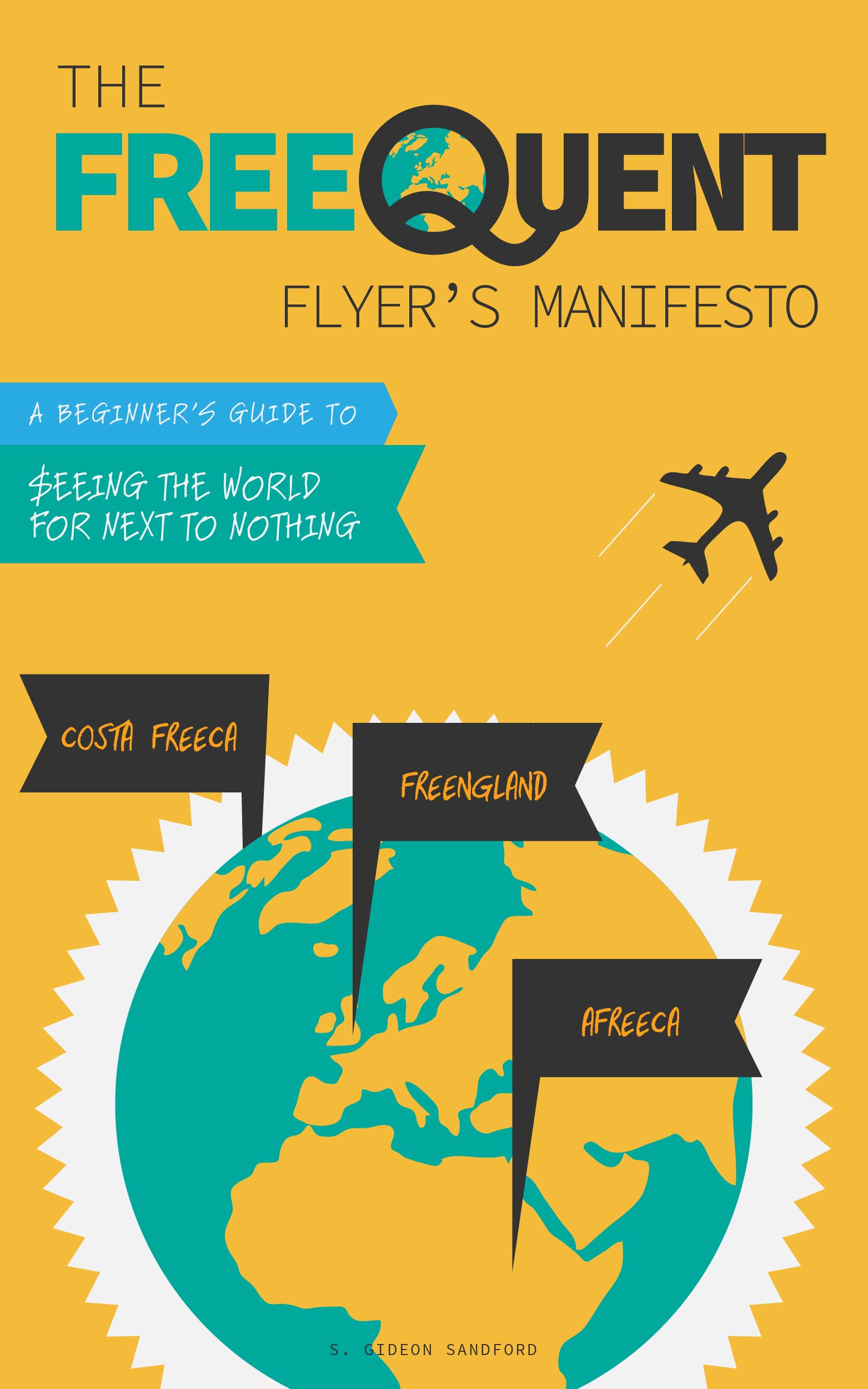The Perpetual Points Machine is Real*
/*If you have access to (1) Vanilla Reload Network reload cards you can buy using a credit card, (2) any Walmart location, and (3) a good enough credit score to be approved for a 2% cash back credit card.
The Quest for a Perpetual Points Machine
One of the first blog posts I read after I started travel hacking was the Frequent Miler's chronicle of his quest for a "perpetual points machine." That three part series described the ideal perpetual points machine as follows:
1. The Perpetual Point Machine (PPM) may take effort and money to setup initially, but must not take much effort or money to keep it going.
2. The PPM must be able to generate hundreds of thousands of points per year.
3. The PPM must do no harm. In my earlier post “Perpetual Point Machine… Not!” I described a failed scheme to buy gift cards with gift cards and earn miles each time, indefinitely. The problem with that scheme is that, if it had worked, it would clearly harm the retailer who would have been responsible for buying all of those miles.
4. The perfect PPM would also somehow do some good for the world, not just for the recipient of the points. Kiva loans are a great example of this, but the number of points that can be accrued annually is limited by the amount of money you have available to loan. For most people, this won’t come anywhere near the goal of achieving hundreds of thousands of points per year.
This search eventually led Frequent Miler to his ground-breaking post on the American Express Bluebird checking account alternative, which is now one of the cornerstones of most miles- and points-earning strategies.
The problem Frequent Miler inevitably ran into was uncertainty. His early attempts relied either on continued, reliable shopping portal payouts, or outsmarting Google.
3 Simple Goals
My goals when designing a perpetual points machine were simpler:
- Generate as many points as possible;
- at as low a cost per point as possible;
- in as mechanical a method as possible.
The third point is the most important for my purposes. Unlike Frequent Miler, I'm still just a struggling author (have you considered buying my e-book?), and I don't have the resources to risk lots of my own capital buying and reselling merchandise, one of Frequent Miler's (successful) recent schemes.
Since starting this blog in February, I've discussed the MyVanilla Debit card, which is reloadable using Vanilla Reload Network reload cards at a cost of $3.95 per $500 load. Then in a three part series (part 1, part 2, part 3), I broke the story of the features of the new Bluebird competitor, Gobank, before asking the question, "Does Gobank have a monthly swipe reload limit?" Finally I broke down the features of and differences between two credit cards which earn 2% cash back.
My Perpetual Points Machine
Today I want to describe a simple perpetual points machine that takes advantage of the features of each of these products. The premise of the PPM relies on just two numbers:
- $3.95: the cost of a $500 Vanilla Reload Network card.
- $6.13: the amount of net cash back earned on a $503.95 purchase made with a 2% cash back credit card, after subtracting the $3.95 load fee.
The ratio of these numbers is conveniently approximate to 2:3. Consequently, to manufacture spending at virtually no net cost, you can buy 2 Vanilla Reload Network reload cards with a 2% cash back card (netting $12.26, after paying the $3.95 fee for each card) for every three reload cards you purchase with your preferred points- or miles-earning credit card (at a cost of $11.85).
Of course, now you have $2,500 in Vanilla Reload Network reload cards. To turn them back into cash, you can load them directly to a Bluebird card, up to $5,000 per month, per Bluebird. From there, you can transfer the funds to a bank account or use them to pay off your credit cards.
Fortunately, you can also now liquidate Vanilla Reload Network reload cards in excess of $5,000 per month by loading them to a MyVanilla Debit card and using the MyVanilla Debit card to load your Gobank account at any Walmart register, up to $2,500 per day.
The drawback: every transaction made with a MyVanilla Debit card incurs a fee of $0.50, which will very slightly increase your cost per point.
Does it Measure Up?
How does my perpetual points machine measure up to the 4 goals Frequent Miler set?
- Does it require much money or effort to keep going? This largely depends on the geography of your area. If you have convenient access to Vanilla Reload Network reload cards and Walmart store locations, this strategy has no cost, except your time and gas. If you don't have access to them, this strategy won't help you get it!
- Can it generate hundreds of thousands of points per year? To generate 100,000 of your preferred loyalty currency in 12 months at no net cost, you'd need to buy $12,500 in Vanilla Reload Network reload cards per month: $8,500 on the credit card that earns your preferred points, and $4,000 on a 2% cash back card (the net cost in this example would actually be about $18.12 per month).
You could then load $5,000 to your Bluebird account and $7,500 to your Gobank account. - Does the PPM do no harm? This perpetual points machine only uses the advertised features of commercial products.
- Does the PPM do any good for the world? Well, you can't have everything.
Next Up: Tips and Tricks for Maximizing the Perpetual Points Machine
Check back on Friday, when I'll discuss some of my thinking about how to maximize the value of this strategy, as well as some potential risks to avoid.


